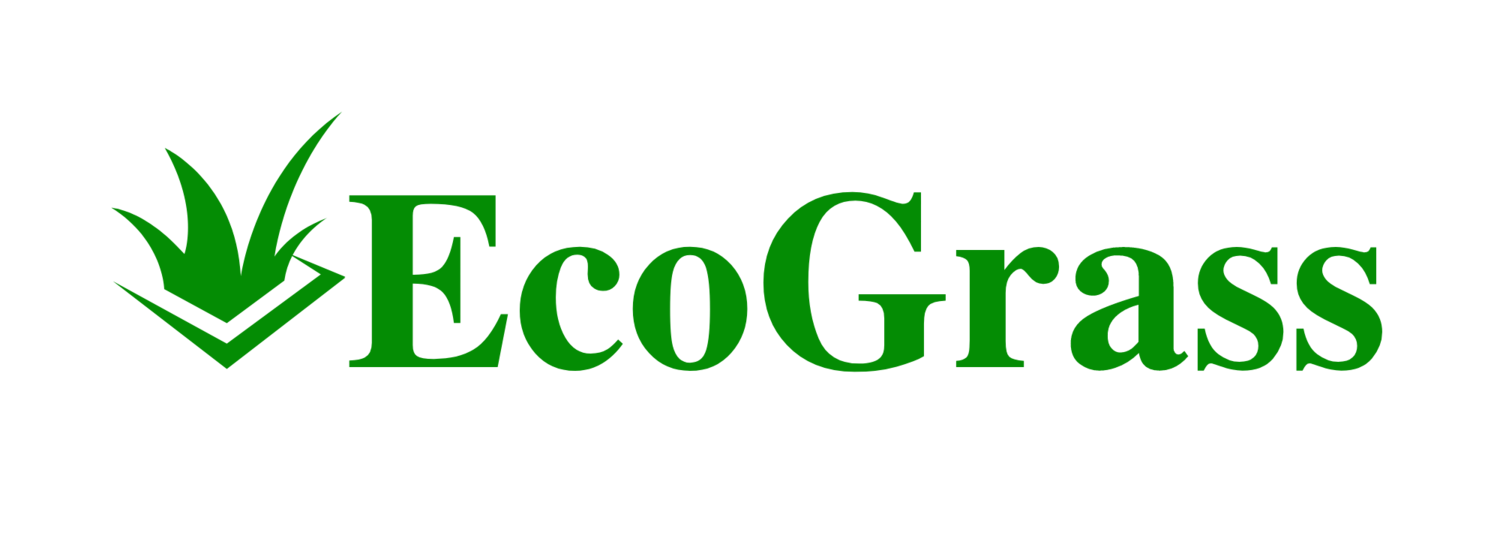Your Ideal Lawn Starts With Perfect Timing
When do most people in LA purchase turf? Chances are you’re eyeing synthetic grass because you’re tired of brown patches, watering restrictions, or weekend mowing marathons. But when you pull the trigger can mean the difference between a smooth, affordable installation and a stressful, expensive scramble. Let’s break down Los Angeles buying patterns so you can choose the perfect moment—and score the best deal—on your new lawn.
Why Timing Matters More Than You Think
Artificial turf doesn’t grow, but the demand for it definitely does. Installer availability, material pricing, and even how easily adhesives cure all fluctuate throughout the year. By aligning your purchase with LA’s seasonal rhythms, you:
Save on labor when crews aren’t slammed.
Cut material costs thanks to off-season promotions.
Finish faster because mild temperatures reduce installation delays.
Enjoy instant curb appeal just in time for pool parties or holiday gatherings.
LA’s Climate and Installation Basics
Los Angeles enjoys a Mediterranean climate—mild, wet winters and hot, dry summers. Turf adhesives and infill settle best in temperatures between 60 °F and 80 °F with low rainfall. That sweet spot explains many local buying waves.
Peak Buying Seasons in Los Angeles
1. Spring Surge (March – May)
You feel the first warm weekends, notice your natural lawn still looks tired, and start Googling solutions—so does everyone else. Installers report a spike in inquiries the moment daylight saving time hits.
Pros for you
Perfect curing temps (mid-60s to mid-70s °F).
Abundant installer promos aimed at beating the summer rush.
Fresh lawn ready for graduation parties and barbecue season.
Watch-outs
Slots fill fast—book early or risk a 6-week backlog.
2. Summer Plateau (June – August)
Demand stays high, but scorching afternoons (often 90 °F+) slow crews down. You’ll still see neighbors installing turf, but be prepared for:
Premium labor rates—many companies pay overtime to keep jobs on schedule.
Midday work stoppages; crews shift to early mornings and evenings.
Heat-softened fibers that require extra brushing to avoid matting.
3. Fall Advantage (September – November)
When temperatures drop and back-to-school traffic returns, interest in turf spikes again—especially among homeowners prepping for Thanksgiving gatherings.
Pros for you
Cooler weather for hassle-free adhesive curing.
Installers eager to fill calendars before the holiday lull—translation: discounts!
A lush, mud-free yard throughout LA’s rainy winter.
4. Winter Window (December – February)
Surprise: winter can be your hidden bargain. LA’s rainfall is sporadic; between storms, 60 °F afternoons are common. Many turf companies run year-end clear-outs on overstock rolls. If you’re flexible with timing, you can nab:
Lower turf prices on last season’s SKUs.
Quicker installs—crews are more available.
A green yard ready for Super Bowl parties.
Just schedule around heavy rain to avoid soggy sub-base conditions.
Cost Trends Through the Year
| Season | Typical Labor Pricing | Material Promotions | Average Lead Time |
|---|---|---|---|
| Spring | Standard | Manufacturer “spring lawn” rebates | 4–6 weeks |
| Summer | +15–20% | Rare | 6–8 weeks |
| Fall | Standard to −10% | Installer “fill the calendar” specials | 3–5 weeks |
| Winter | −10–20% | Overstock roll clearance | 2–3 weeks |
Five Timing Tips to Lock In the Best Deal
Request quotes 60 days before your target install date. Competition drives vendors to sharpen pencils.
Ask about leftover rolls. Winter and early-spring warehouses often hold premium turf remnants priced up to 25 % off.
Bundle services. Pair turf with paver borders or putting-green add-ons in slower months for package discounts.
Watch local sporting events. Post-season downtime frees up athletic-field contractors; many pivot to residential jobs.
Plan around city rebate windows. LA’s water-conservation turf rebates usually open in early spring and late summer—submit applications early to avoid funding caps.
Beyond the Calendar: Personal Factors to Consider
Event deadlines—plan backward from weddings, pool builds, or backyard remodels.
Budget cycles—year-end bonuses or tax refunds can fund a chunk of the project.
Pet training—puppies benefit from softer, cooler spring turf before summer heat.
HOA approvals—some boards meet quarterly; submit designs early.
Ready to Roll Out Your Dream Lawn?
Now you know exactly when most people in LA purchase turf—and more importantly, when you should. Target spring or fall for the perfect balance of price, weather, and installer availability, or seize winter deals if you’re flexible. Act early, ask the right questions, and you’ll enjoy a flawless emerald lawn without the midsummer panic. Your future weekends (and water bill) will thank you!

